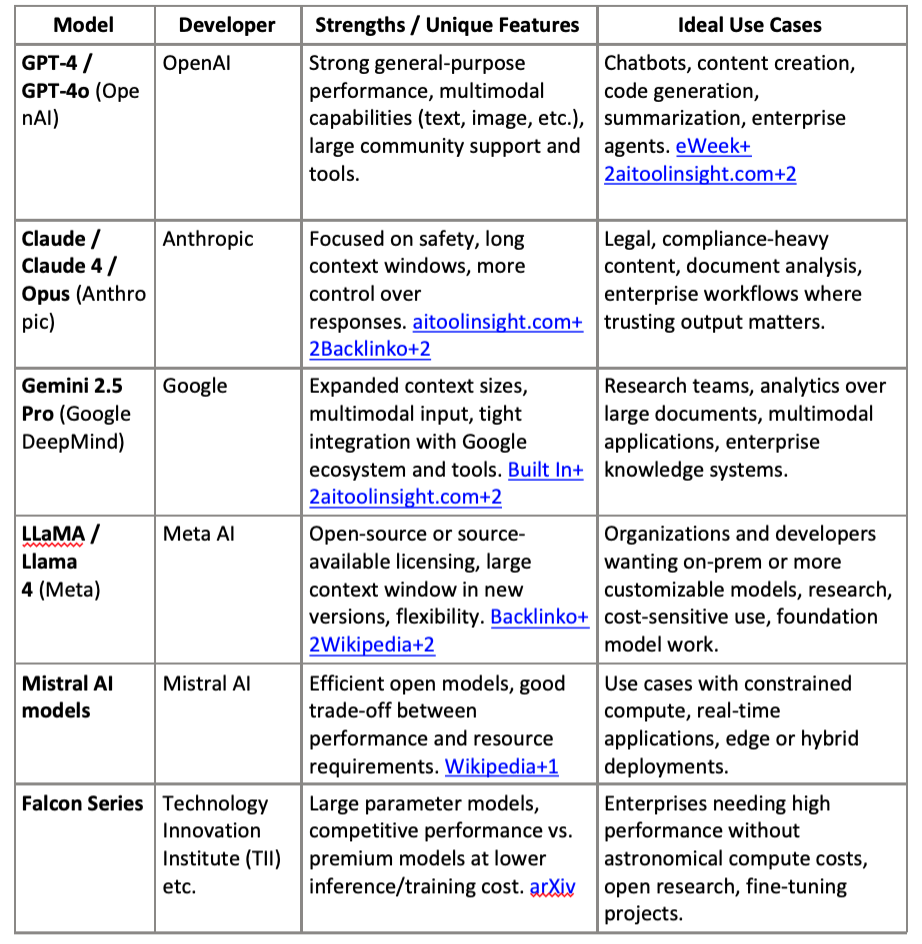Benefits of QA Automation
- Ken Eng
- Dec 12, 2024
- 2 min read
Quality Assurance (QA) automation offers numerous benefits to software development and testing processes. Here are some of the key advantages:
Increased Efficiency: Automated testing can execute tests much faster than manual testing, allowing for quicker feedback and identification of defects. This speed is particularly beneficial in agile development environments with short release cycles.
Consistency and Accuracy: Automated tests follow predefined scripts and conditions precisely, eliminating the risk of human error and ensuring consistent and reliable results.
Cost Savings: Though initial automation setup may require an investment, over time, the cost of executing automated tests is significantly lower compared to manual testing. The reduced need for human testers and the ability to run tests continuously without additional labor costs contribute to cost savings.
Wider Test Coverage: Automated tests can cover a broad range of scenarios, data inputs, and system configurations that would be impractical to achieve with manual testing alone. This wider test coverage helps identify more bugs and ensures better overall software quality.
Faster Time-to-Market: With faster and more efficient testing, development teams can release products to market more quickly, gaining a competitive advantage and meeting customer demands more effectively.
Regression Testing: Automated tests are ideal for regression testing, where changes to the software are checked to ensure that new updates do not break existing functionality. Automated regression tests can be easily rerun after each change to ensure software stability.
Early Bug Detection: By integrating automated tests into the Continuous Integration/Continuous Deployment (CI/CD) pipeline, bugs and issues are identified early in the development process, allowing developers to address them promptly.
Scalability: Automated testing can handle a large number of test cases and scenarios, making it well-suited for projects with complex functionalities and large codebases.
Improved Test Analysis and Reporting: Automation tools often provide detailed test logs and reports, making it easier to analyze test results and identify patterns or recurring issues.
Focus on Creativity and Complex Testing: By automating repetitive and mundane test cases, QA professionals can focus on exploratory testing and more complex scenarios that require human intuition and creativity.
Facilitates Continuous Delivery: Automated testing is a crucial component of the continuous delivery and continuous deployment process, enabling frequent and reliable software releases.
However, it's important to note that while automation offers many benefits, it cannot replace the need for manual testing entirely. Manual testing is still essential for certain aspects of testing, such as usability testing, user experience evaluation, and exploratory testing, where human judgment and creativity play a significant role. A combination of both automated and manual testing approaches is often the most effective strategy for ensuring software quality.






Comments